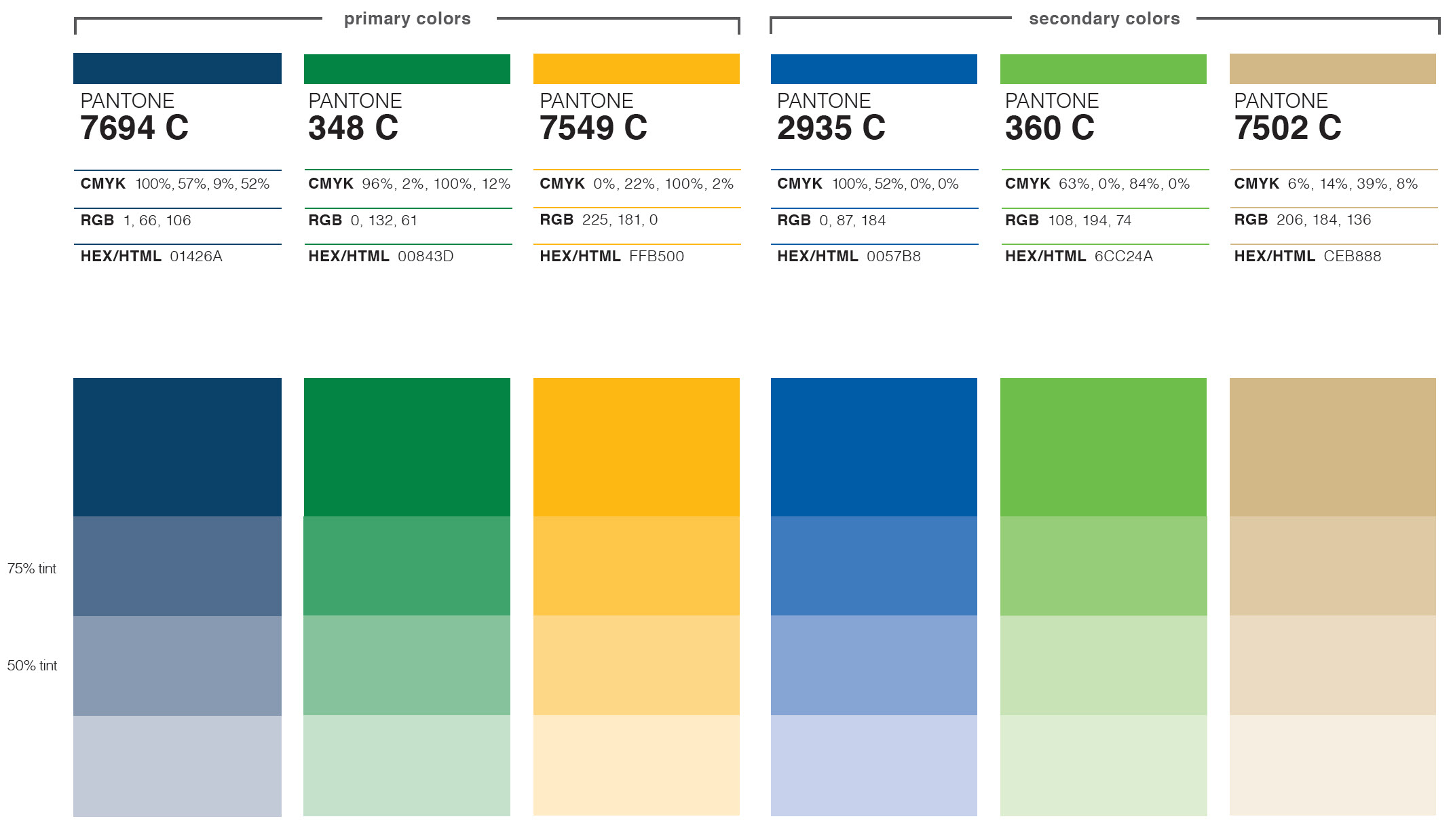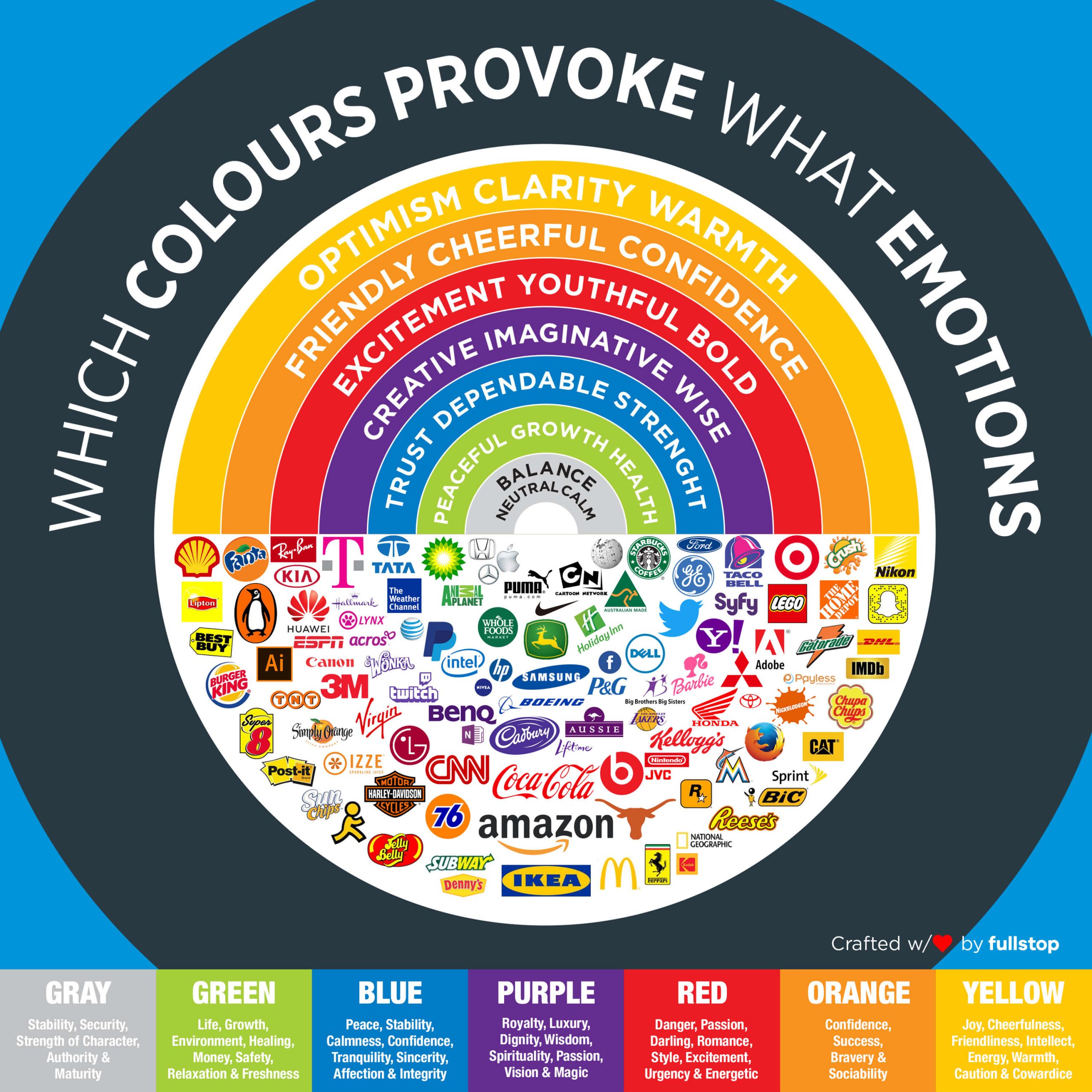Color Guide
The colors of postage stamps are at once obvious, and among the most difficult areas of philately. Different denominations of stamps have been printed in different colors since the very beginning; as with their successors, postal clerks could distinguish the Penny Black and Two pence blue more quickly by color than by reading the value, and the practice generally continues today. In practice, the actual color of a stamp may vary, and while collectors will pay high prices for rare shades, it may not be easy to tell those apart from variations caused by age, light, chemicals, and other factors. Stamp colors are routinely described by color name rather with any sort of a numerical system like CMYK; several color guides showing a selection of colors have been produced, but are not especially popular with collectors. Nearly all stamps get their color from inks printed on white or light-colored paper; the handful of exceptions include early issues of Natal consisting only of embossing on colored paper, some recent stamps embossed on gold foil or with foil blocking to achieve a metallic appearance, and the Uganda Cowries produced on a typewriter. A number of early stamps were printed in black on differently-colored papers; the most famous example is the British Guiana 1c magenta.





